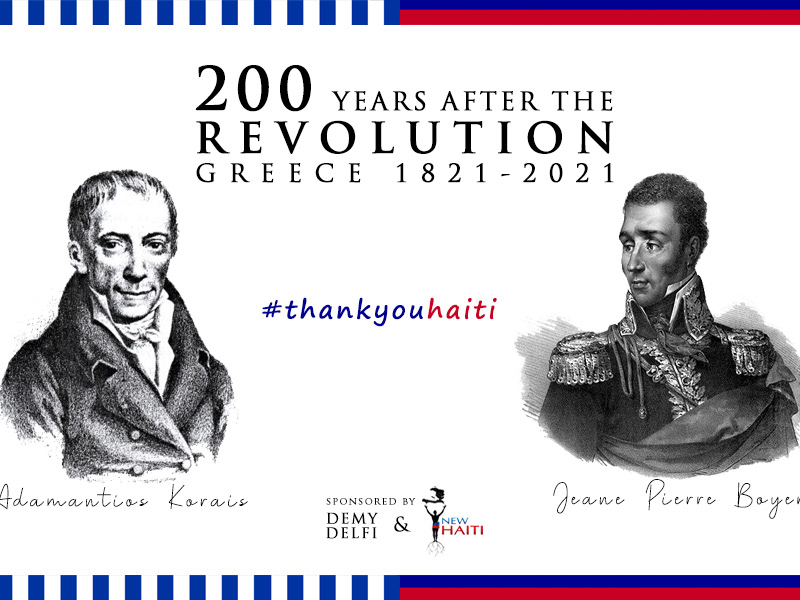Central American Banana Plantation (1902-1911), Courtesy of the Tulane University Library
The iconic yellow banana is almost universal. When someone hears the term ‘banana’ mostly thinks of a produce that can be eaten not only raw, but cooked when it ripens. But is there only one type of banana?
‘Sweet bananas’ or ‘dessert bananas’, as they are known in North America and Europe, are the type of banana that is consumed in these areas. They are softer, less starchy they are mainly eaten raw when they ripe and they are also used for cooking. The so called non – sweet bananas are usually referred as ‘plantains’, that are particularly starchy when they ripe and are consumed when cooked, even though they can also be consumed raw. Plantains’ skin is much thicker and more difficult to peel than other bananas.
Loading bananas, Port Antonio, Portland, Jamaica [circa 1920]
Image from the National Library of Jamaica Photograph Collection
Portuguese sailors were the first to transport bananas from West Africa to the Canary Islands in the 15th century. They also imported many banana plants in Brazil and it is believed that from here the banana spread into the Caribbean. In 1516, the Catholic missionary Friar Tomás de Berlanga reached the island of Hispaniola (today Haiti and Dominican Republic) he planted banana plants in order to provide cheap sources of food/ nourishment for the local African slave population. Banana plants were also used as ‘intercropping devices’. The crops of cacao, coffee and peppermint in the islands needed indirect sunlight to flourish, but the Caribbean’s direct sunlight was not helping their growth. Banana plants were offering the amount of shade the crops needed to be protected, with their wide leaves. Friar Tomás is also known as the first person that took bananas to the American continent in the 16th century. When he has appointed bishop in Panama, he took samples of banana plants to spread then to the mainland. Bananas became a favorite and cheap food for the population. Then, banana plantations spread to the Central America and Mexico. Food historian Victoria Scott Jenkins claims, ‘later observers believed the banana to be native to the New World’. Bananas were found to be growing in the Hawaiian islands when Captain Cook visited in 1799.
Statue of Friar Tomás in Berlanga de Duero, Spain
Before 1800, bananas were rare in the USA and in Europe and they considered to be a luxury for the rich. Jules Verne described banana in his novel Around the World in 80 Days, published in 1873, calling it ‘as healthy as bread and as succulent as cream’, sparking a sudden interest. New travel technologies in the late 19th century changed the popularity of banana in USA and Europe. Food transportation with steamships and railway became easier in America and with the new refrigeration techniques banana was accessible to the public.
Banana plantations can still be found on the Canary Islands today, producing large quantities of the bananas consumed in Europe.
